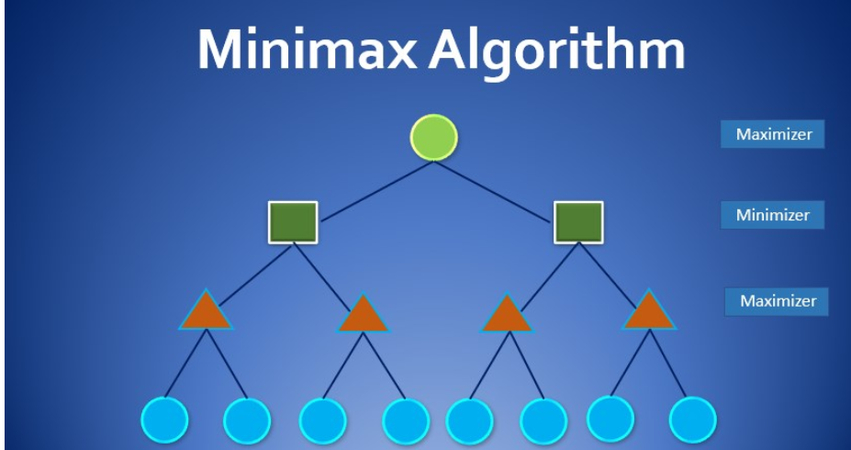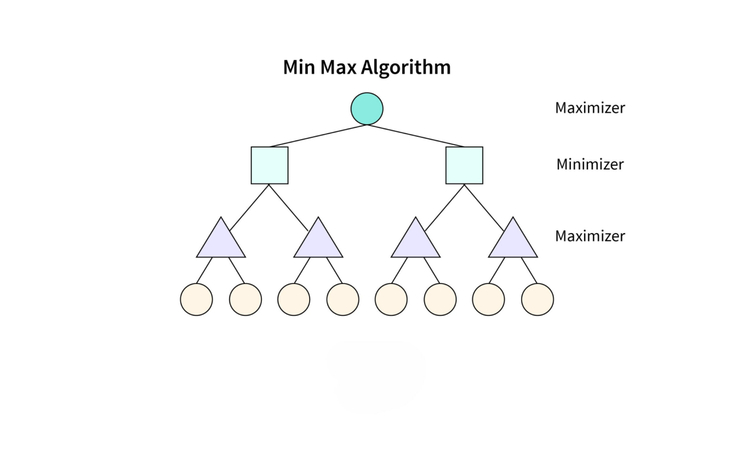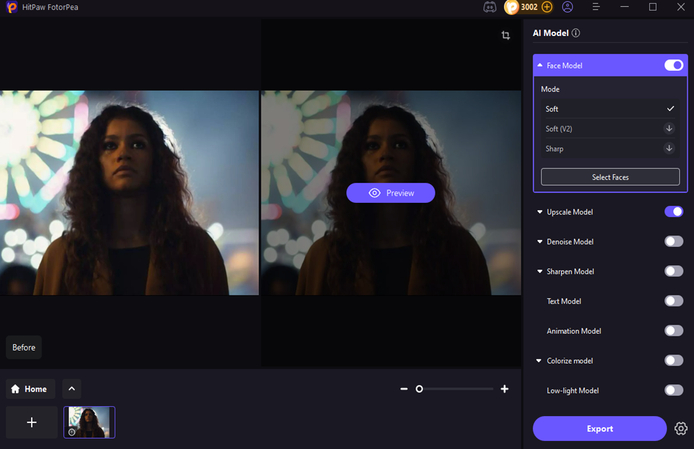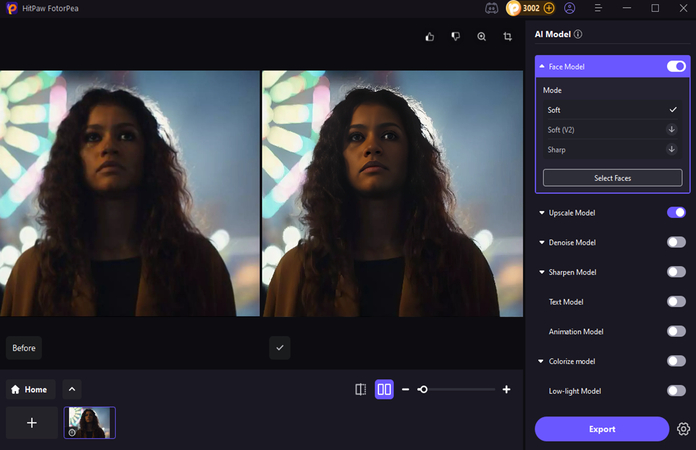Understanding the Minimax Agent in AI and Decision Making
Game theory and artificial intelligence are filled with outstanding models that could assist machines in making better decisions. Among all the models, Minimax Agent is by the best option for its strategic and logical approach.
Whether in AI simulations, economics, or chess, the use of the Minimax agent is crucial for making timely decisions in a competitive environment. In this post, we will break down the Minimax along with how it works, and we'll also compare it to other intelligent decision-making agents.
Part 1. What Is Minimax Agent?
A Minimax agent remains the artificial intelligence decision-making entity that is designed to perform optimally in an adversarial environment. The goal of the Minimax agent to reduce the potential loss in the worst case by assessing that the counterpart will make the strategically harmful moves.
This type of agent is most commonly used in turn-based games, such as checkers, chess, and tic-tac-toe, where players take turns trying to outsmart each other. In simple words, the Minimax agent won't only look for the best outcome, as it is undoubtedly looking for the most secure outcome, even if it implies that you're sacrificing the highest reward to avoid a significant loss.

Origin in Game Theory
The Minimax approach has undoubtedly had its roots in game theory which is a mathematical framework for modeling the strategic interactions between rational decision.
The model was launched by John Von Neumann as he is one of the best aspects of the game theory and computing in the 1920s. Later, it was fully formalized back in the 1944 book called Theory of Games and Economic Behavior by Oskar Morgenstern and John von Neumann.
When you talk about the Zero-sum games where the gain of one player is another one's loss, the Minimax strategy will ensure that you receive the best outcomes irrespective of the actions of the opponents.
It tends to assume that both rational players and the game are bound to win; as a result, the Minimax strategy has been associated with optimal play in adversarial games.
The Core Principal Minimize the Maximum Loss
- The agent tends to explore all the possible outcomes as it will assume that the opponent is playing optimally to hurt its chances before selecting the move with the best worst-case results.
- It is where the name of the Minimax has usually come from.
Part 2. How the Minimax Agent Algorithm Works?

Explanation of the Minimax algorithm
The Minimax algorithm tends to work by recursively evaluating all the possible future states of the game, as it tends to build a decision tree where each node represents a possible state. Max nodes remain to the choices of the agent who is trying to maximize the score, with the MIN nodes becoming the opponent's move, minimizing the score of the agent. The agent is assigned to score the terminal states, including the draw, win, or loss, and will propagate those values up the trees by choosing the best move at each level.
Decision trees and two-player games
In two-player board games like chess or tic-tac-toe, take place. For instance, the agent will consider every possible move it could make. For each of the movies, the agent will simulate every possible countermove by its opponent, and this cycle tends to continue until it sees the final outcome. The agent then decides to back up the values to assess the best initial move depending upon the worst-case scenario.
Benefits and Limitations
- It tends to guarantee an optimal move if you're facing a rational opponent.
- This agent is absolutely brilliant for the deterministic, zero sum games, and two players.
Limitations
- It is computationally expensive for the large game trees.
- It won't handle the incomplete information and randomness well.
Part 3. Minimax vs Other AI Agents
| Agent Type | Core Idea | Strengths | Limitations |
|---|---|---|---|
| Minimax | Minimizes the maximum loss | Good for predictable opponents | Inefficient in large trees |
| Expectimax | Considers probabilities of outcomes | Better with random events (e.g., dice rolls) | Requires probabilistic modeling |
| Alpha-Beta Pruning | Optimization of Minimax | Faster by cutting unnecessary paths | Same logic as Minimax, more efficient |
| Random Agent | Makes random decisions | Fast, easy to implement | No strategy, easily outperformed |
Efficiency, limitations, and suitability (Form Forms)
- Minimum remains to be the slow but is safe and great in adversarial games and on deterministic occasions.
- Expectimax is bound to handle the uncertainty better as it is perfect in games with chance elements.
- Rendom agents are surely used purely for the baseline models or testing.
Part 4. Nice AI Tool to Speed up Image Processing with HitPaw FotorPea
With this tool, you can elevate the overall quality of the images by selecting the 9 AI models, including Face model, upscale model, Denoise model, sharpen model, colorize model, color calibration model, etc.
Since HitPaw FotorPea is based on AI-powered technology, it doesn't require you to put in any manual effort to improve the overall quality of the images.
The HitPaw FotorPea has the advantage of preserving the original quality while enhancing images and supporting batch processing, allowing you to improve numerous photos at once.
Features
- Allows you to enhance the images quickly
- Works on Mac and Windows
- Provides the 9 AI models to choose from
- Retains the original image quality
- Enhance multiple photos simultaneously
- Adjust the resolution of the images
- Enables you to remove the unwanted objects from photos
- Customize the background of the images
How to enhance the images with HitPaw FotorPea?
Step 1: Navigate to the HitPaw FotorPea's official website and then install the software. While starting the image quality enhancer, you'll need to select the AI Enhancer and then hit the Enhance Photos Now. Doing so lets you import the image you wish to enhance the quality of, and since HitPaw FotorPea supports batch processing, you can leverage importing multiple photos in one go.

Step 2: Once you're done importing the images, you'll need to apply one of the AI models you'll see on the screen. Clicking on the particular AI model is enough to use it to the uploaded images.

Step 3: Following your selection of the AI model, you must tap the Preview icon to examine the model's credentials before clicking the Export button to save the improved images to your PC.

Final Words
The Minimax agent is a foundational technique in game theory and AI, as its worst-case scenario and logical rigor make it perfect for strategic decision-making in competitive games. Although the newest optimizations and needs models come up with more efficiency, the core idea behind the Minimax is still driving much of the modern AI thinking.
If you want to make the images look perfect by enhancing their credentials, you've got the chance to explore the HitPaw FotorPea. It provides the 9 AI models, which are bound to make the appearance of the images look wonderful and memorable courtesy of the highly professional technology and features.










 HitPaw Edimakor
HitPaw Edimakor HitPaw VikPea (Video Enhancer)
HitPaw VikPea (Video Enhancer) HitPaw Univd (Video Converter)
HitPaw Univd (Video Converter) 



Share this article:
Select the product rating:
Daniel Walker
Editor-in-Chief
This post was written by Editor Daniel Walker whose passion lies in bridging the gap between cutting-edge technology and everyday creativity. The content he created inspires the audience to embrace digital tools confidently.
View all ArticlesLeave a Comment
Create your review for HitPaw articles